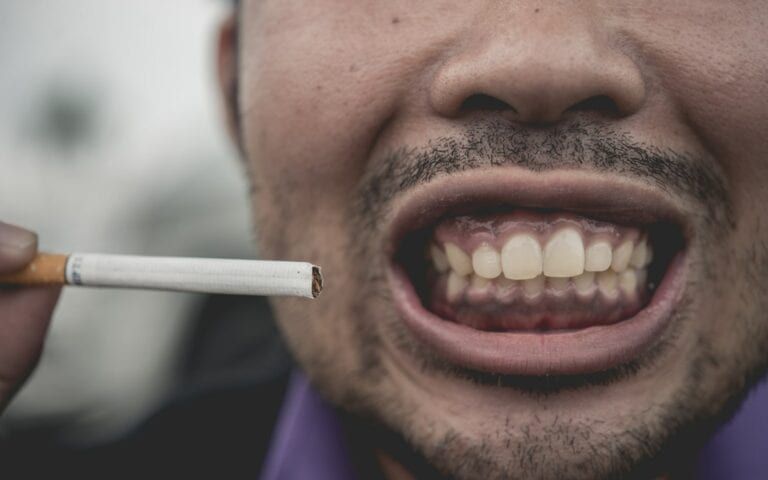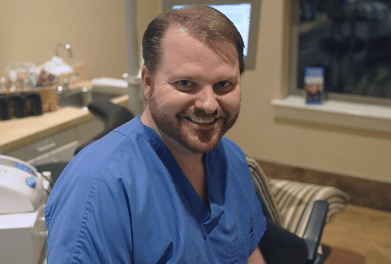For someone worried about an odd-looking canker shape within their mouth, determining the differences between a sore and a cancer tissue can be tremendously challenging to face. As dentists, one of the best resources we can provide for you is our advice for determining cancer formations to help provide the best solutions we can.
Mouth Ulcers, Canker Sores, and Oral Cancer
Distinguishing between specific lesions requires knowing what these lesions look like, their associated symptoms, and how they progress over time. Because not all sores are the same, it’s essential to understand these differences to receive treatment early on to prevent the progression of oral cancer to a life-threatening stage. These three types of lesions differ in multiple ways:
- Mouth Ulcers: Mouth ulcers are painful sores that occur along the inner lips, gums, tongue, and roof of the mouth. These can also appear in the back of the throat. These lesions develop in the mouth due to various causes, but these types of ulcers usually heal. However, they can take longer to heal and can also be a sign of a medical condition that requires treatment.
- Canker Sores: Canker sores are a form of mouth ulcer that develops in the mouth. These small, painful lesions can result from overbrushing with a hard-bristled toothbrush, lacking essential vitamins, food sensitivities, mouth injuries during work, and hormonal changes. On average, they will dissipate in between 5-10 days with proper care, including eating soft foods, gargling with salt water, taking over-the-counter medications, and drinking cold liquids. However, major canker sores can take up to 6 weeks to heal due to their size and irregular edges and can result in long-term scarring.
- Oral cancer: Oral cancer can mimic the look of an open canker sore along the inside of the mouth and throat. Cancer cells, however, do not go away and cannot heal. These sores also can spread inside the mouth more aggressively as time goes on. These formations can make swallowing, speaking, and moving your tongue and jaw challenging to maintain. They’re also indicated by red and white patches and last longer than two weeks.
According to the National Institute of Health, oral cancer occurs in people over the age of 40 and can occur in men twice as much as women. Tobacco usage, infections such as the human papillomavirus, and alcohol use can increase the likelihood of oral cancer. With over 53,000 cases occurring each year, oral cancer is becoming an increasingly severe problem. As it accounts for 3% of all cancers diagnosed within the US, one of the best ways to prevent the onset of cancer is to understand many of its various risks and provide people with resources to prevent it from developing.
Why Early Detection Matters For Oral Cancer
Early detection and treatment are essential because as oral cancer progresses, the chances of survival from this form of cancer become slimmer. Dentists can provide oral cancer examinations to help diagnose the difference between canker sores and oral cancer. If those signs are positive, then referral to an oncologist or oral surgeon may be necessary to provide treatment. The best way to work at preventing oral cancer from developing is by scheduling regular appointments with your dentists to get the most out of your oral health care.

